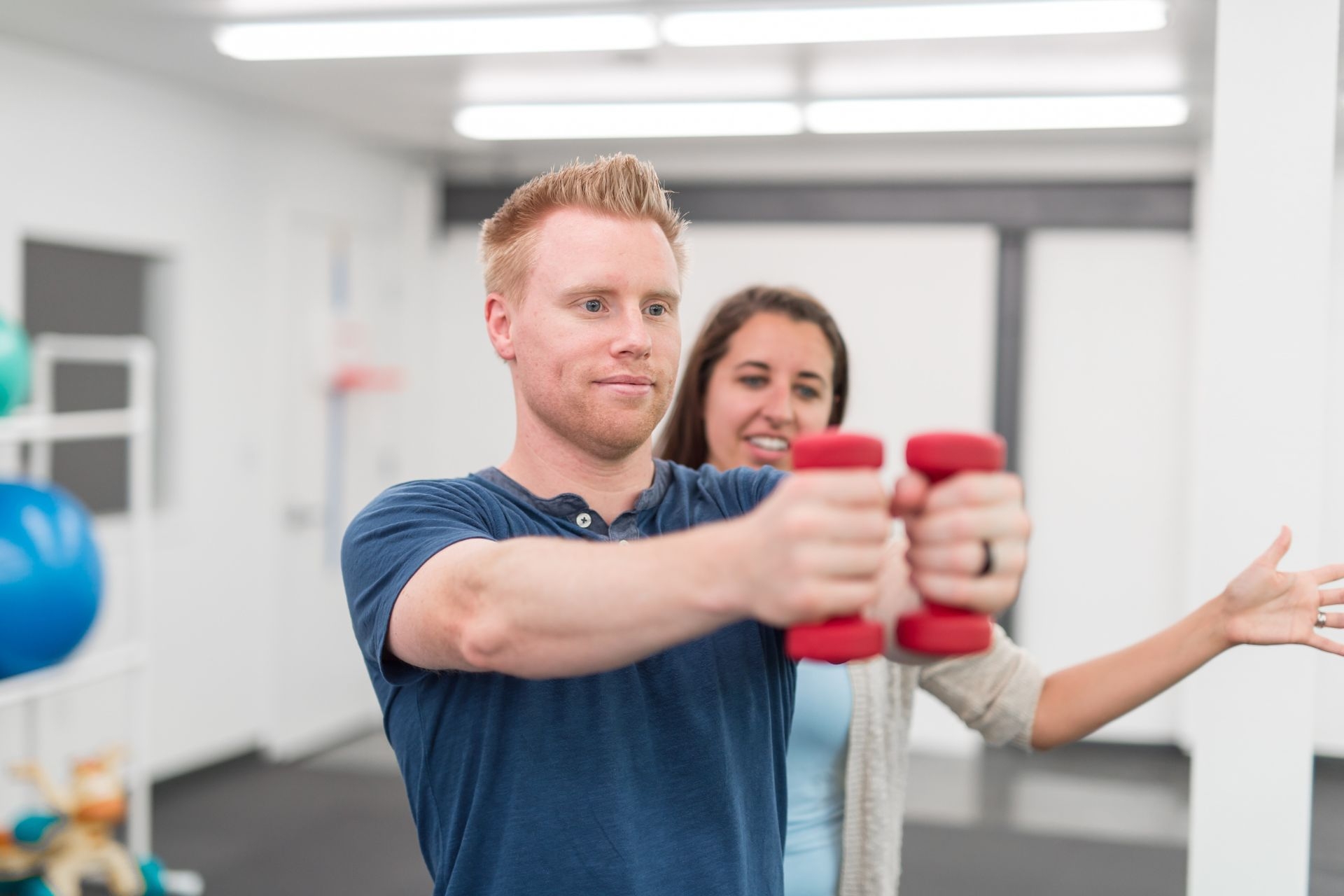Achilles Tendinitis
How does overuse of the Achilles tendon contribute to the development of Achilles tendinitis?
The overuse of the Achilles tendon can lead to the development of Achilles tendinitis due to repetitive stress and strain on the tendon. Activities such as running, jumping, or sudden increases in physical activity can put excessive pressure on the tendon, causing it to become inflamed and irritated. This overuse can result in microtears in the tendon, leading to pain, swelling, and stiffness in the affected area.
Tennis Elbow (Lateral Epicondylitis)



